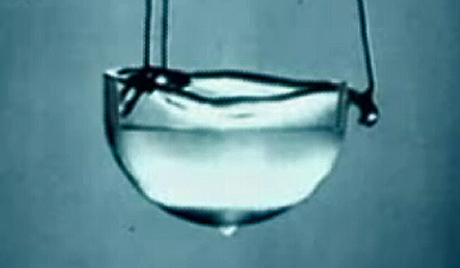History of liquid helium preparation (part 4)
Dewar is very important for the contribution of cryogenics, he not only in 1898 first liquefied hydrogen, liquid hydrogen and solidification of liquid hydrogen pressure (temperature) of the blazers, and invented the double in 1892 silver plated glass vacuum cryogenic vessels among them, become the ancestor of this kind of cryogenic vessels, the outstanding contributions in the field of science and technology of low temperature in the helium liquefaction process has played a very important role.
The true colours of liquid helium
All advances in science were supported by the industrial technology of the time. Industry and technology in the late 19th and early 20th centuries had laid the material and technological foundations for the development and progress of science. Oxygen and air liquefaction, low-temperature separation of air, and small liquid-air devices are constantly emerging, which not only provide a pre-cooling source for helium liquefaction, but also provide corresponding experimental equipment for helium liquefaction.
The helium was then obtained by heating monazite (cerium and lanthanum ore), which contains about 25Px3-50px3 of helium per gram. The system used 200 liters (at room temperature and pressure) of helium in Camillin-Onus's experiment.
In 1882, Camillin-Onnes was appointed head of experimental Physics in the Department of Physics at Leiden University and began the construction of a cryophysics laboratory. He was inspired to work with Van der Waals on systematic studies of the properties of gases and liquids, and to understand the essential relationship between gaseous and liquid substances.
History of liquid helium preparation (part 1)





 Facebook
Facebook YouTube
YouTube LinkedIn
LinkedIn Twitter
Twitter